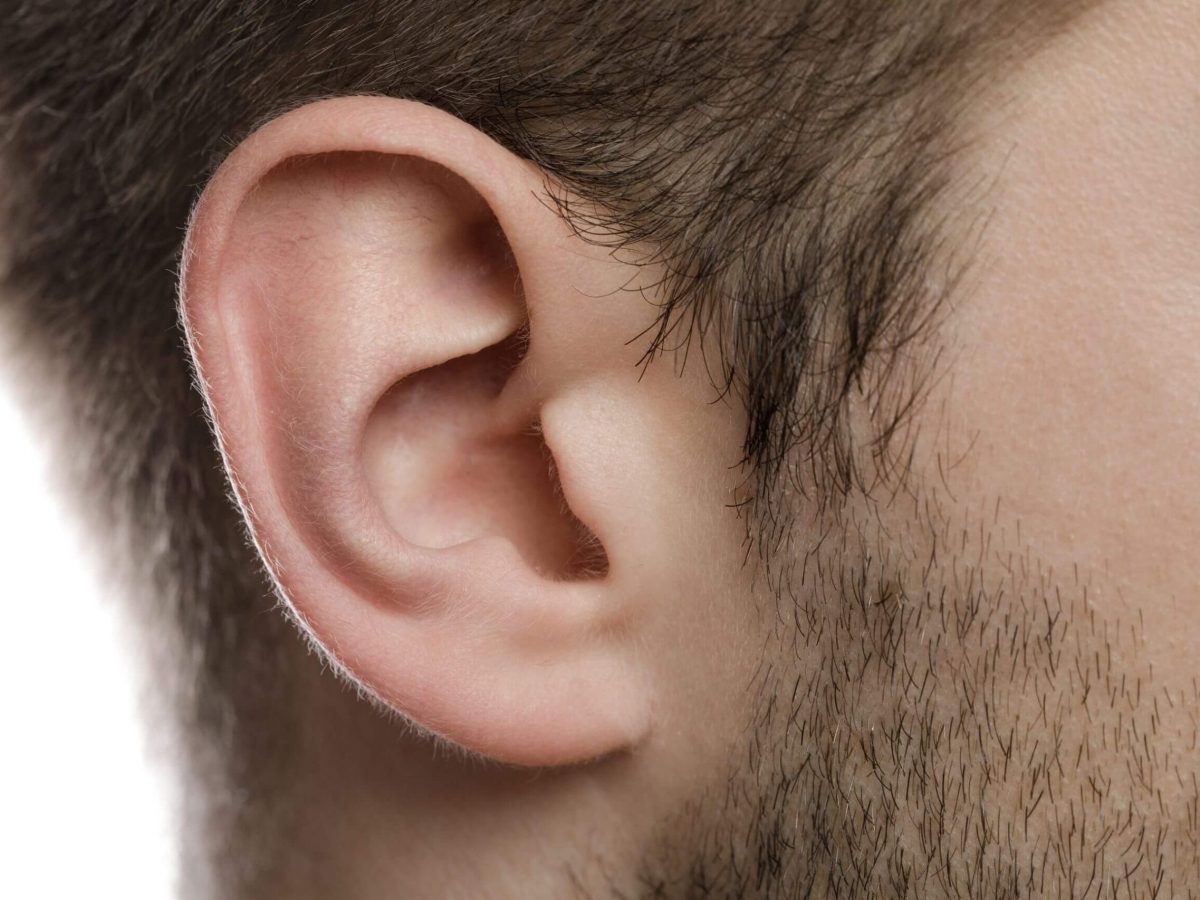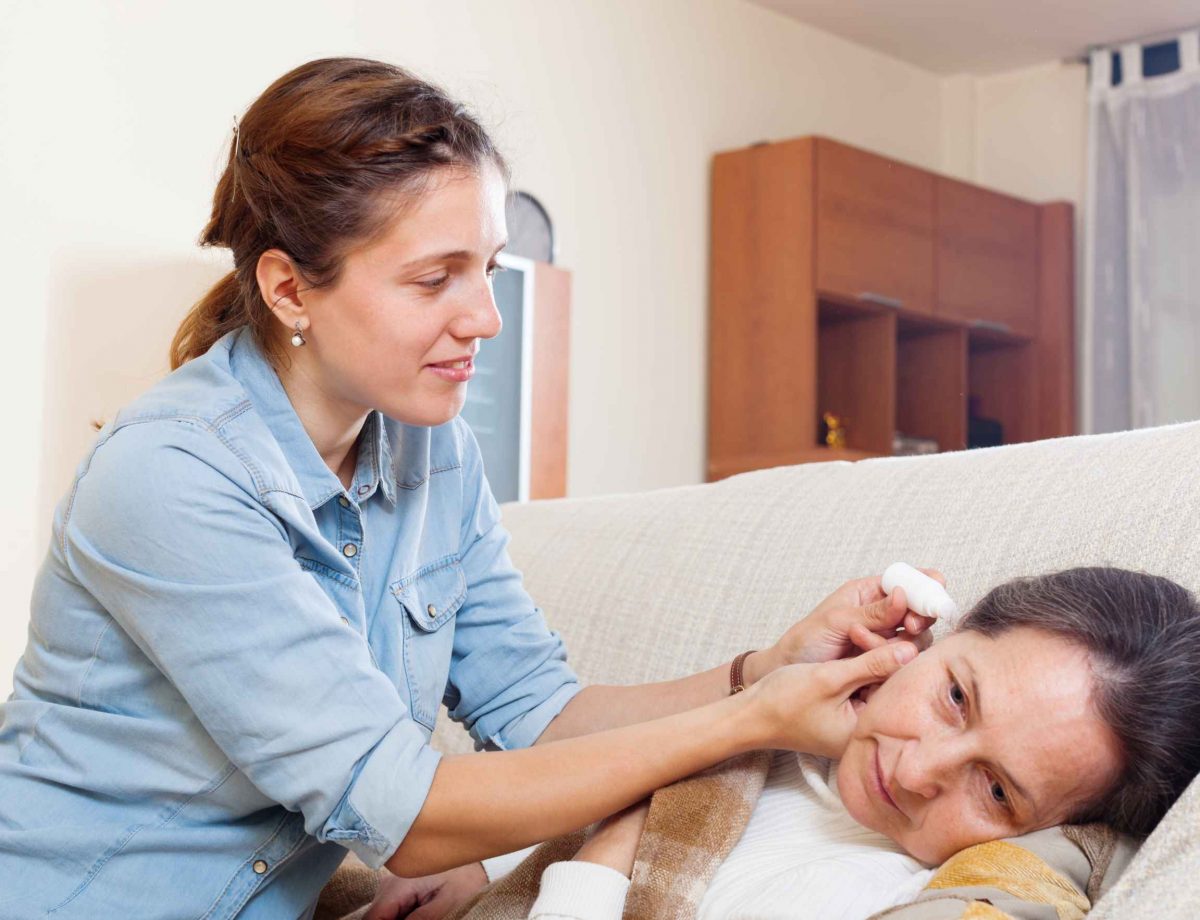How to remove earwax at home

How to remove earwax: do's and don't
We offer the best earwax removal services. But we know you feel more comfortable when you’re at home. So, we have answered a couple of questions to make earwax removal at home a safe experience for you.

What should you do to remove earwax at home safely?
Ears are self-cleaning in nature. So, most of you don’t need to clean them regularly. However, if you feel your ears need cleaning, you should keep the following things in mind:
- Clean your ears only when you feel earwax build-up of hearing issues. If you ignore ear cleaning at this time, it will cause an infection.
- Clean the outside of your ears with a warm flannel
- Don’t put anything in your ears to clean the excess debris until a professional advises you.
- Never do the removal of impacted earwax at home. In such a scenario, it is best to see a professional. You can also seek advice from a pharmacist or our Ear Care Specialist on call who can treat you at home.
How can I soften my earwax?
Earwax management starts with softening of wax. Most professionals recommend ear drops for this purpose. Sometimes these drops may expand the wax, which could be problematic. Overall, it is a helpful process for the efficient removal of earwax.
Typically ear drops contain:
- Almond oil
- Olive oil
- 0.9 % sodium chloride
- 5% sodium bicarbonate
You shouldn’t use ear drops if you’ve a history of ear infections and eardrum damage.

FAQ's
No, olive oil is neither an ear cleaner nor dissolves the earwax. However, it can soften the wax. But before you put olive oil in your ears, it’s better to get advice from a professional. It can damage your eardrum if you have a history of ear infections.
We don’t suggest using candles to remove earwax. Little evidence suggests it is a reliable way to remove wax. In fact, it’s a challenge to avoid face injury due to hot wax or open flame.
No, we don’t recommend you remove impacted earwax at home. Because you can cause permanent damage to your ears while doing so.
You should seek advice from a pharmacist or audiologist before you use at-home earwax removal kits. They will advise on the safest way to clean your ears.
No, they’re not ear cleaners and can put your ears at many risks. They don’t remove out the wax. Instead, cotton buds push the wax further into the ear canal, damaging your ear drum. So, we advise you to avoid using cotton buds.
You should contact a pharmacist or audiologist. They can offer you the appropriate advice.
Putting concentrated hydrogen peroxide in your ears can cause tinnitus, dizziness, temporary hearing loss, discomfort, and irritation. If you have an ear injury history, it can cause ear infections and earache. Therefore, you should avoid using hydrogen peroxide.
No, it’s not safe to use even diluted hydrogen peroxide. The ear cleaning drops contain hydrogen peroxide in a specific amount that is safe to use. If you have excessive earwax problems, don’t wait long to book an appointment with our professionals at Squeaky Ears.
No, it’s not advisable. If you have an ear infection, you must contact your GP as soon as possible for treatment.
Earwax affects the efficiency of hearing aid. So, if you wear a hearing aid, you must clean your ears regularly. The best advice is to go for a yearly ear checkup. However, if you feel hearing issues or any other symptom of impacted earwax, you should visit an audiologist as soon as possible.
